We teach our gifted students to solve math problems, write fantastic essays, and read above grade level, but do we teach them to think? Two books with useful ideas:
Six Thinking Hats
DeBono’s Six Thinking Hats promote thinking in six modalities (each identified by a color):
- fact-based (white)
- emotion-based (red)
- cautious (black)
- optimistic (yellow)
- creative (green)
- organizational (blue)
The purpose is to force people to leave their most comfortable thinking-style and intentionally think in a new way. When brainstorming in my class, for example, I tell students to think creatively not critically. This is an example of DeBono’s green hat. When a duplicate idea is shouted out, my class now resists the temptation to put their black hat on and point out the problem. We simply write that duplicate idea on the board. Later, we will have the chance to prune ideas using the appropriate hat. I have a Byrdseed.TV activity based on this idea here.
Thinkertoys
Written by Michael Michalko, Thinkertoys is a collection of ideas for creative thinking. The most famous idea from this books is undoubtedly SCAMPER. This technique gives students specific ways to creatively approach an idea.
- S: substitute ideas
- C: combine ideas
- A: adapt ideas
- M: minimize or maximize ideas
- P: put an idea to another use
- E: eliminate an idea
- R: rearrange or reverse ideas
I introduced this concept with my students using a hamburger. Students developed burgers with sauce on the outside, pudding in the buns, and extra-large patties. Allow students to rewrite famous stories, combine history and music, or develop new products using SCAMPER. And, yep, I have a Byrdseed.TV activity based on SCAMPER here.
